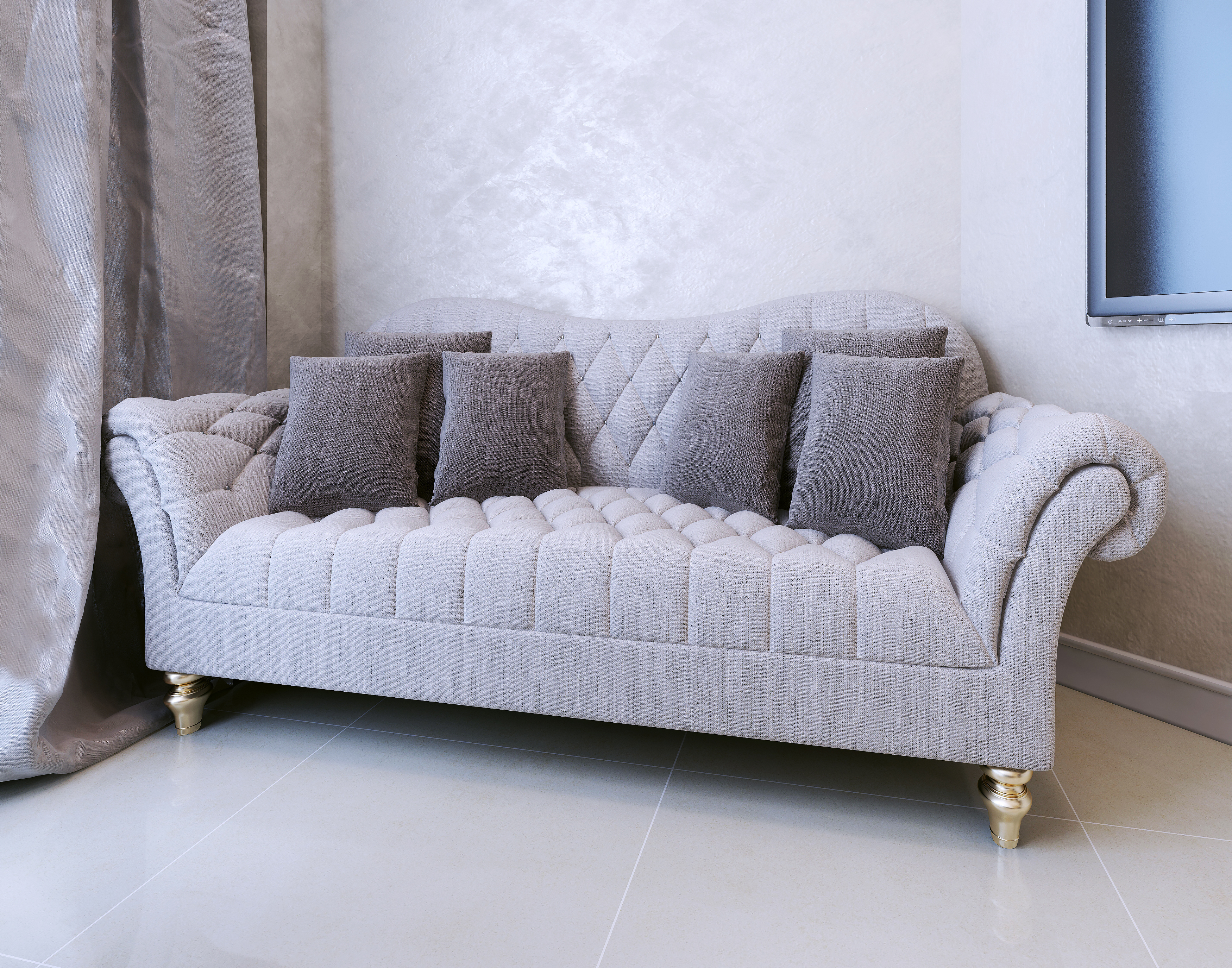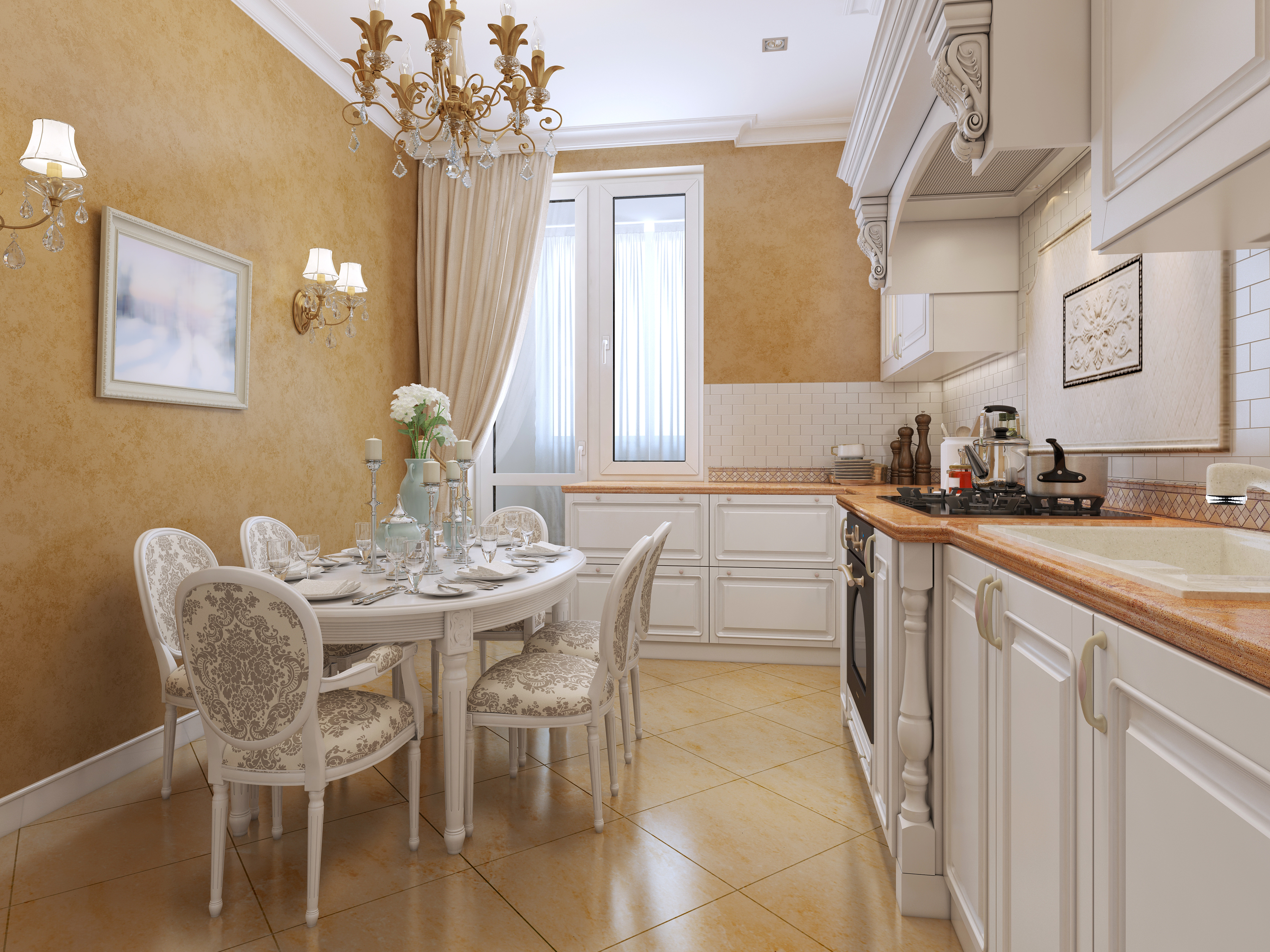Venetian plaster, also known as Italian or polished plaster, is a unique wall plaster that has the depth and shine of a genuine marble surface. The plaster has the dimension one would expect to see in a stone surface such as granite, marble, or travertine. Not only does Venetian plaster have the look of marble, it also has a very similar feel-glassy smooth and cool to the touch. Applying Venetian plaster in your home will give you a focal point that makes a statement.

The process of applying the plaster is an involved one, and to achieve a professional result, needs to be done with the proper technique. After making sure that the wall surface has no repairs needed and no imperfections, the first step is to prepare the surface you would like to apply the plaster to. To prepare the surface, you must paint it, either white or the same color as the plaster, and tape off all baseboards and trim. After you surface is ready, the first coat, or the base coat of the Venetian plaster may be applied. This coat should be even and consistent, but does not need to cover the wall perfectly, as the second coat will fill in any low areas left by the first coat. Allow the base coat to dry completely before applying the second coat. Once the base coat is dry, apply the second coat, or the texture coat. This layer will add depth to the surface, and fill in any low areas left by the base coat. This coat should be slightly thicker than the first, and will take longer to dry. When it is dry, the third coat of plaster, also known as a skim coat, may be applied. The purpose of this last coat of the plaster is to enhance the texture coat and create a multi-dimensional look that can be achieved with Venetian plaster. When the last coat is almost completely dried, sand the surface with 400 grit sandpaper, wiping it clean with a dry or a damp cloth as you go. After the plaster is completely dry, a final sanding is done with 600 grit sandpaper, to get a higher polish from the surface. Once you complete the process, if you are using authentic Venetian plaster, the plaster will become harder over time and will be very durable. Throughout the process, there are several things to keep in mind. You must make sure you frequently wipe the trowel you are using to apply the plaster, to make sure that no bits of dry plaster get in the wet plaster you are applying. As you apply the plaster, work in small areas and smooth it with the trowel quickly as you go, because the plaster dries very fast. You must also make sure that the coats you are applying are thin and even, to achieve the desired results.

This art of applying Venetian plaster and the basic concept of the plaster has been around for centuries. The earliest use of a lime-based plaster is thought to be from seven thousand to nine thousand years ago, in present-day Jordan. More recently, in about four thousand B.C., the Egyptians used a lime as a key element in the substance they created to plaster the walls of the pyramids. Six hundred to a thousand years ago, the Romans used a lime, marble, and sand mixture that is similar to what we use today, and in about 1100 AD, there is documented use of Venetian plaster with a finish that we use today.
The modern product we use has its origins in where it began to be widely used in the sixteenth and seventeenth century-Venice-where the reintroduction of Venetian plaster is credited to Andrea Palladio, who used it both on the inside and outside of Italian villas. Because of the properties of the lime, terracotta scraps, and marble scraps from which it was made, the plaster is extremely water resistant and does not suffer from damp conditions, making it the perfect material for the walls in Venice.
Authentic Venetian plaster still contains these basic ingredients, and therefore has a similar appearance and properties to what was originally used, whereas new, synthetic blends that are acrylic based do not have the same quality. Synthetic blends usually do not contain lime or marble, so in damp environments the water does not evaporate as it would in an authentic plaster. The synthetic blends, because of the difference in material, also do not have the same depth and shine that one would expect to find in marble, or in authentic Venetian plaster, and can be expected to become ‘tired’ in appearance just as any painted wall would.
